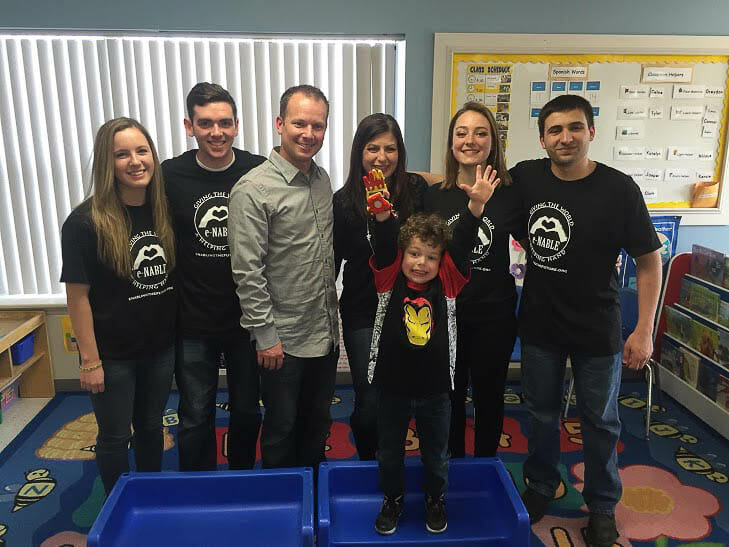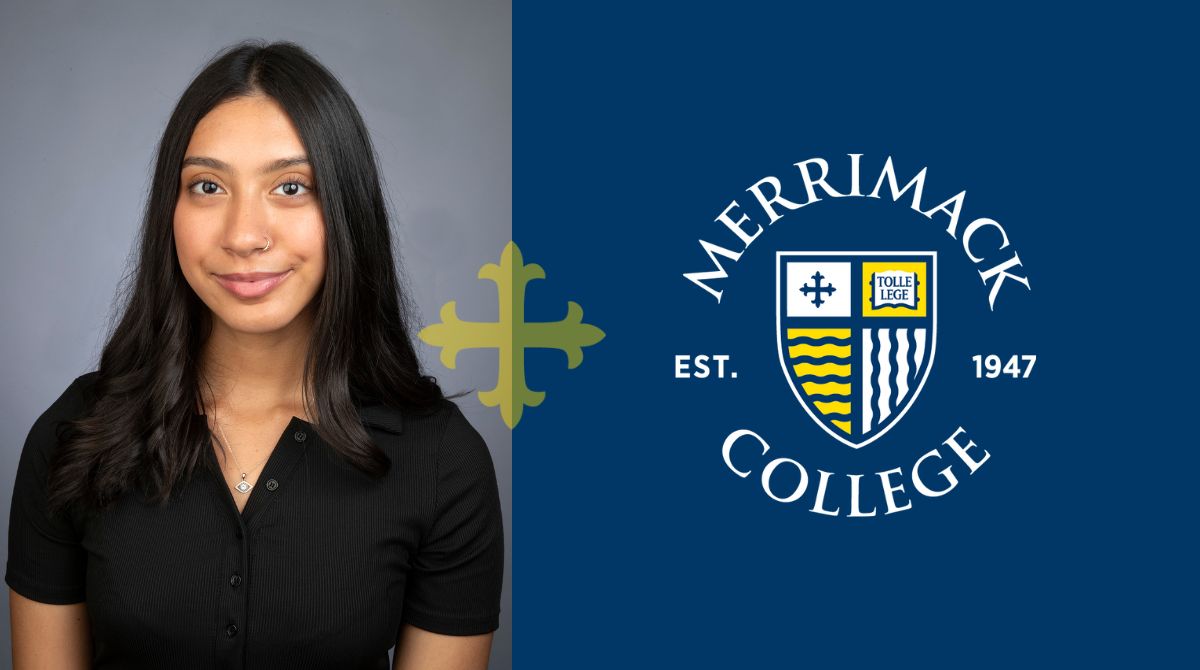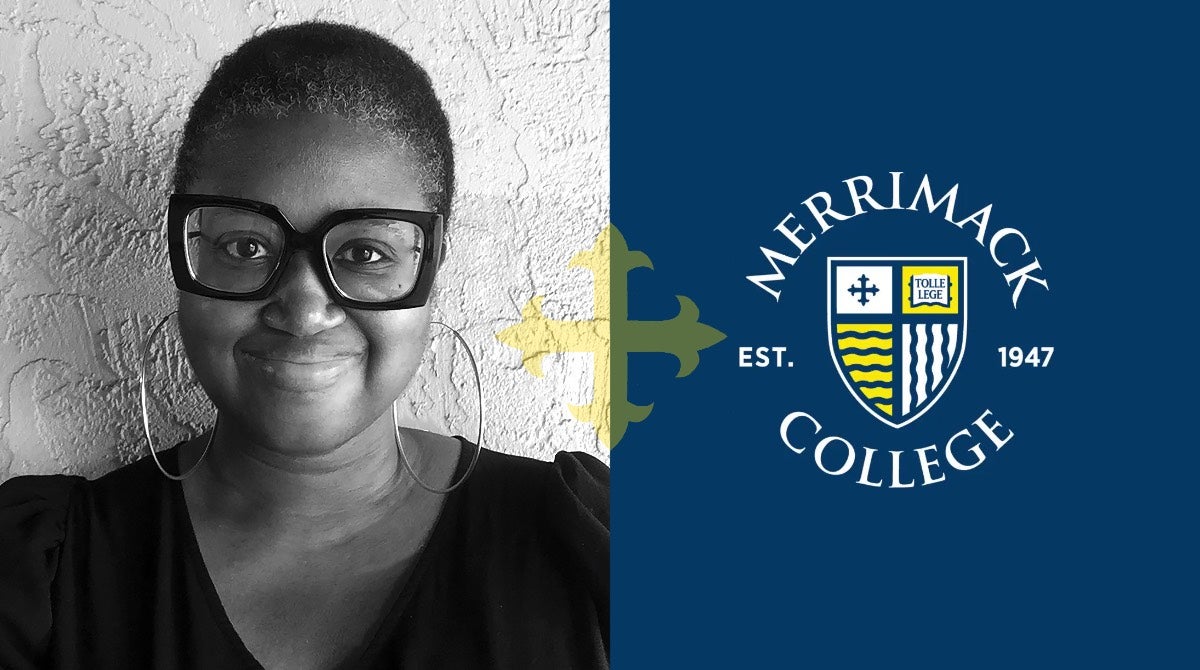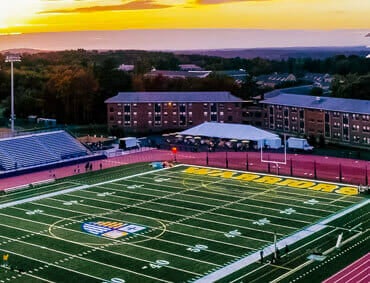The recruitment effort for the department’s first graduate class blew away expectations, said Health Sciences Department Chairman Kyle McInnis. The department initially planned for about 25 full-time and five part-time graduate students for the program but interest was so high they enrolled 35 full-time students as well as eight part-timers. More students are waiting to start classes in January.
The fellowship program that goes with the graduate program is a strong draw for students, according to McInnis. The fellowship program offers a great opportunity to gain professional experience and resume-building within the confines of the academic program. It is also helping the department meet President Christopher E. Hopey’s goal of cutting student tuition costs by half. The introduction of a health sciences graduate program reflects the strength of the undergraduate program.
“I think it’s a natural progression of growth in the undergraduate programs,” McInnis said. “We saw a niche.”
School officials spent a couple years developing plans for the program that was approved in the early spring, which only gave the department a handful of months to recruit students for the current semester.
McInnis and his department initially set a goal of four to 10 fellowships but demand was so high they created 29 fellowships.
Many of the fellowships are right on campus so students can work for campus food services, Student Life, intramural recreation; and for sports teams as strength as conditioning coaches and athletic trainers.
“So student athletes have benefitted greatly,” McInnis said.
The Health Sciences Fellowship program is unique in the fact that it provides hands-on, practical experiences that are consistent with the career goals of the students, said Lindsey Mattos, the Health Sciences Department’s operations manager.
“The fellows are also provided with professional development opportunities, guest speakers, and career events, that in combination with their fellowship experiences give them a competitive edge in todays job market,” Mattos said.
Fairley, of Saratoga, N.Y., majored in physics at Siena College in Upstate New York. When he learned Allan Weatherwax was leaving Siena to be Merrimack’s dean of the School of Science and Engineering, Fairley applied to the health sciences program where he’s now enrolled in the sports science master’s degree program and is working as a fellow 20 hours a week. He wants to blend a bio-medical program with health sciences.
Fairley formed a chapter of e-NABLE while at Siena to make prosthetic limbs for children using a 3-D printer and is forming a chapter at Merrimack. Before the advent of 3-D printers, prosthetic hands were considered too costly for children because they grow out of them so quickly. Volunteers with e-NABLE use 3-D printers to design and make affordable prosthetic hands for children. Fairley’s Siena chapter made a hand to look like the cartoon and movie character Ironman’s hand for a 5-year-old boy in Columbus, Ohio.
Fairley already has about nine student volunteers and is hoping to get 40 at Merrimack. He’s started a Facebook page ENABLE-Merrimack College, a Twitter account @ENABLEMerrimack and a website at www.enablemerrimack.org. “We’re actually attempting to do something that’s never been tried with a 3-D printer,” Fairley said. “We want to build a prosthetic leg for a 2-year-old boy in Louisiana.”
Because of the wear-and-tear a leg can take compared to a prosthetic hand, Fairley has spoken to the boy’s mother and she’s assured him her expectations are reasonable.
“She’s just trying to keep up with the growing technology,” Fairley said. “If it doesn’t help her son, maybe it will help others in the future.”
Fairley is optimistic about chances for making the leg. He’s found a supplier for composite material and carbon fiber to use instead of the plastic typically used in hands.
The team will have to sketch and design the artificial limb before it can go to testing.
“Then alter the design from there to see if he can walk on it,” Fairley said.
Adding to the challenge is the need to design a support system for the boy’s hip socket.
Mark Zabicki, of Enfield, Conn., did his undergraduate work in exercise science at Becker College in Worcester. He was drawn to Merrimack by the fellowship program and is doing his graduate work is in exercise and sports science.
“The fact it’s a one-year program was really appealing in my decision to come here,” Zabicki said. As part of his fellowship, Zabicki is designing and implementing the men’s lacrosse teams’ strength and conditioning program and assisting in the strength and conditioning programs for other athletes. The days are long.
Students work as part of the fellowship up to 20 hours a week and as full time students take four courses a semester. In between work and class they have homework and studying. Days often start at 5:30 a.m. and go until 10 p.m.
“It is an intensive experience,” McInnis said.





